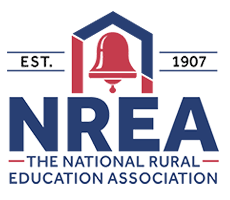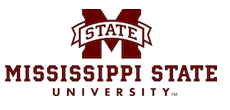Abstract
Implementing effective reading programs to meet the demans of the No Child Left Behind Act (NCLB) represents an immense challenge for all high schools, but the challenges for rural high schools may be particularly acute. Rural schools have large concentrations of children living in poverty, greater per-pupil costs and low fiscal capacity, all of which can make meeting the demands of NCLB difficult. The purpose of this article is to report the results of research that examined the question of what rural high schools are doing to meet the needs of their struggling readers. The results of focus groups from a rural high school in the southeastern United States and a state-wide survey of rural high schools also in the southeastern United States are reported. The implications of these findings for future practice in rural high schools are discussed.
Creative Commons License

This work is licensed under a Creative Commons Attribution 4.0 International License.
Recommended Citation
Bursuck, W. D.,
Robbins, S.,
&
Lazaroff, K.
(2010).
Meeting the Needs of Struggling Readers in High School: What are Rural Schools Doing?.
The Rural Educator, 31(2), 27-32.
https://doi.org/10.35608/ruraled.v31i2.954



